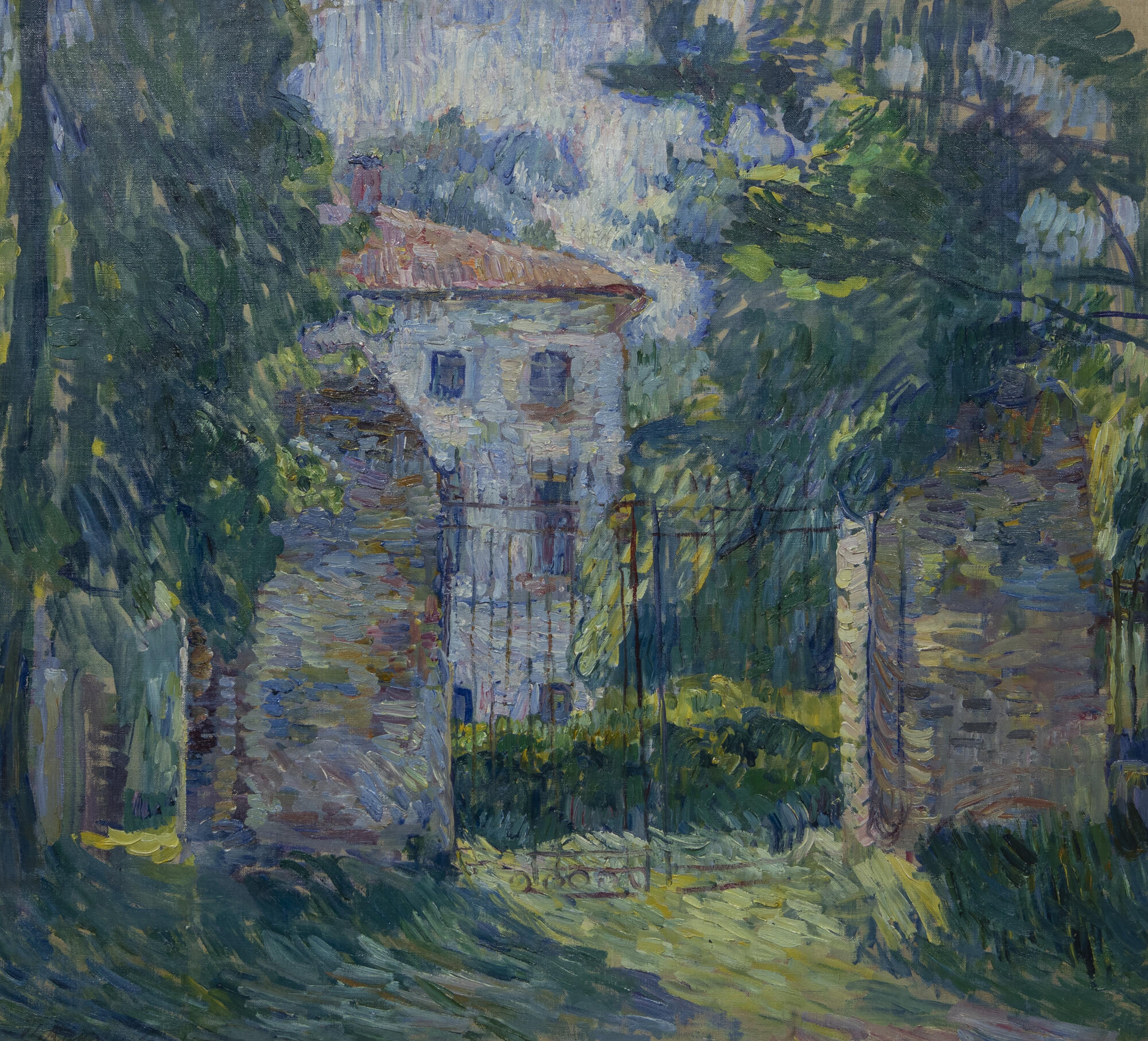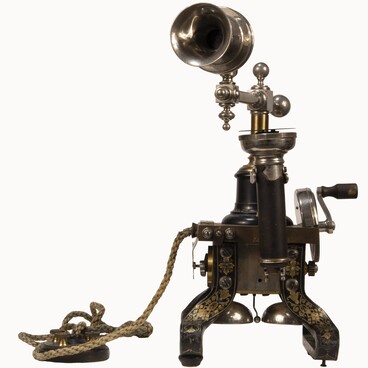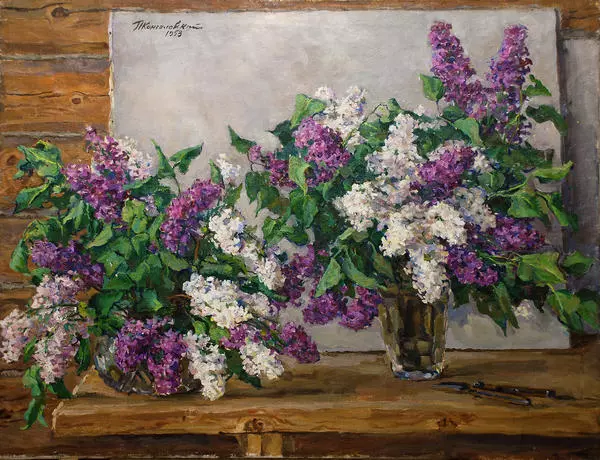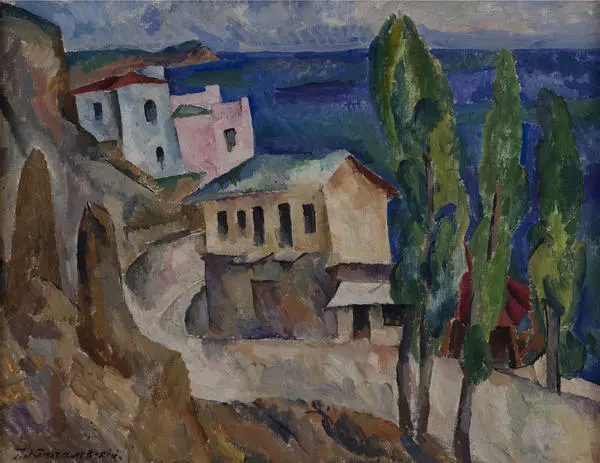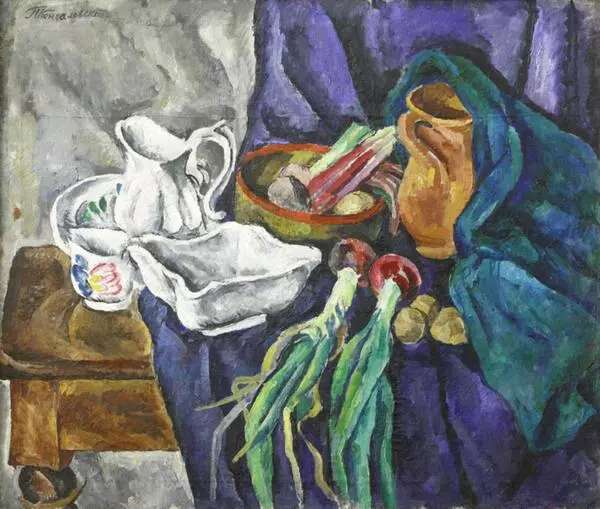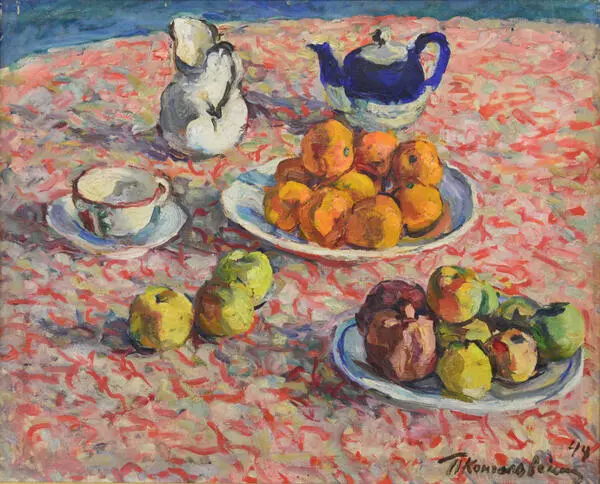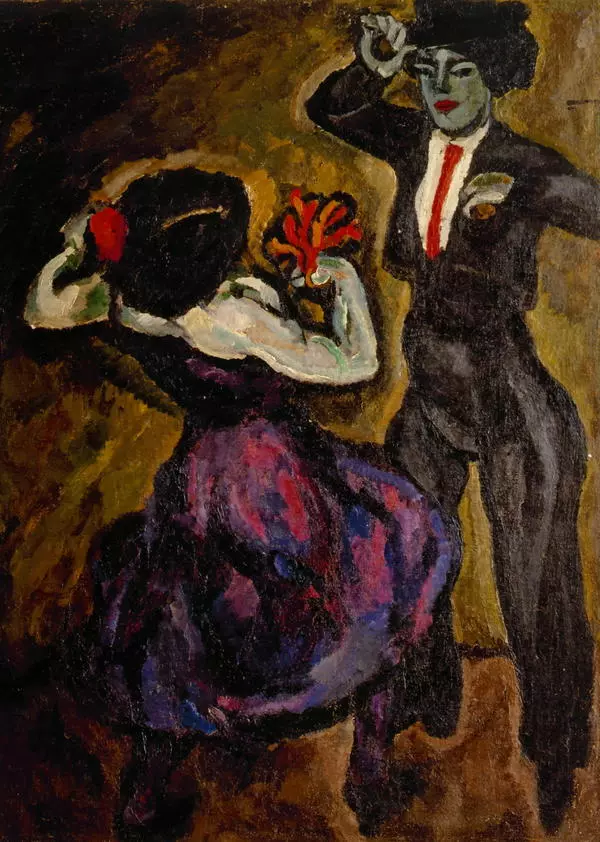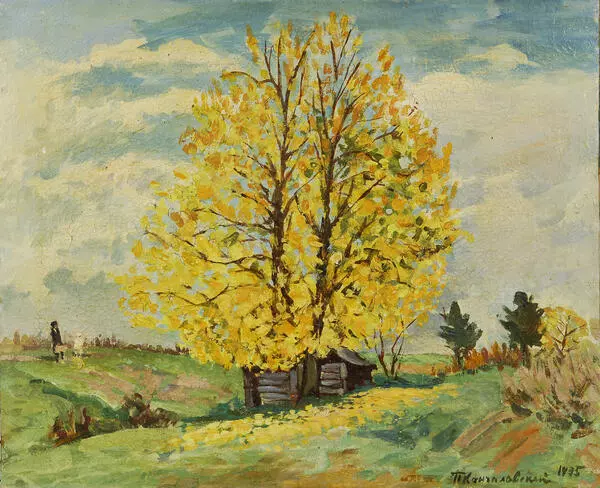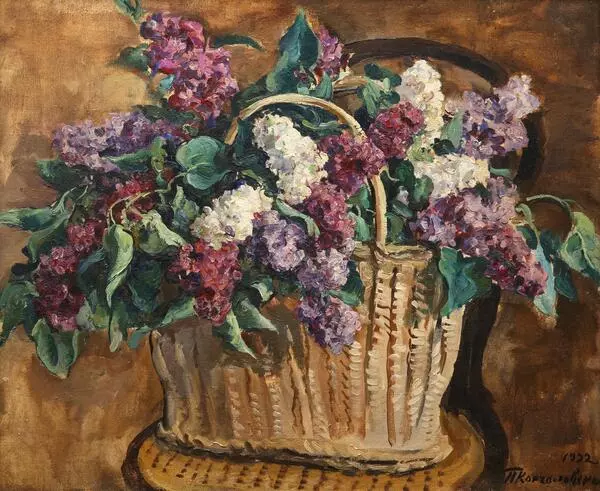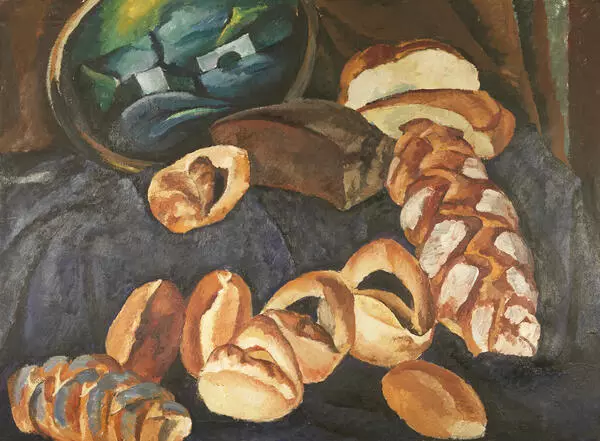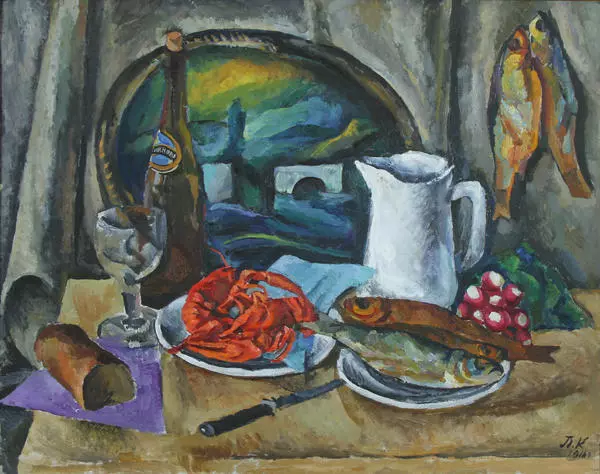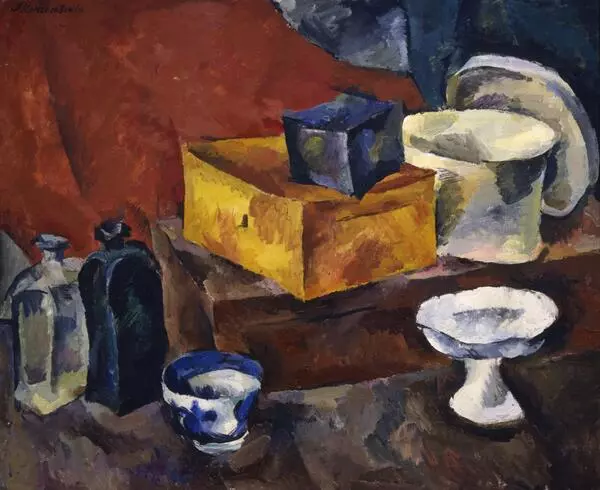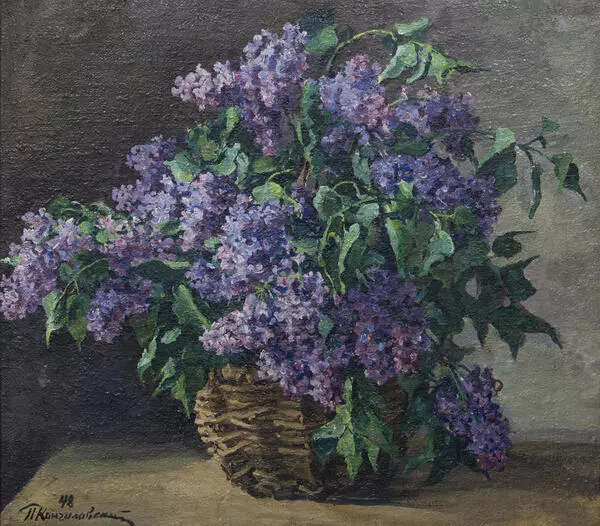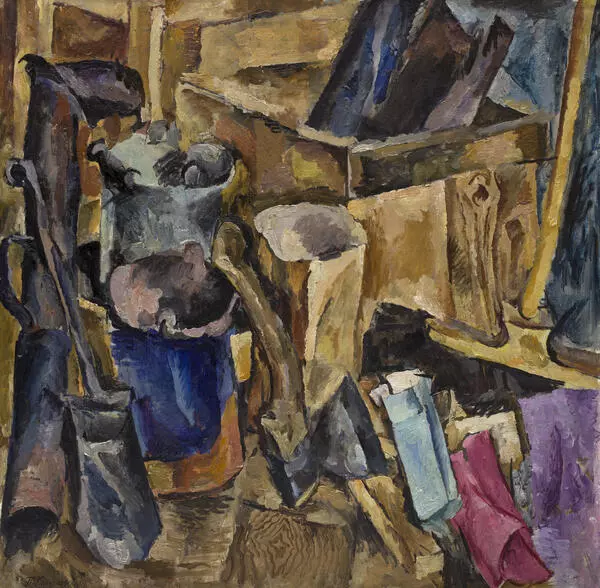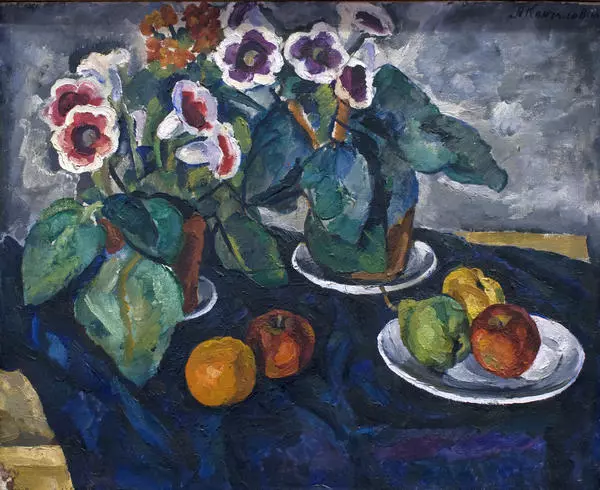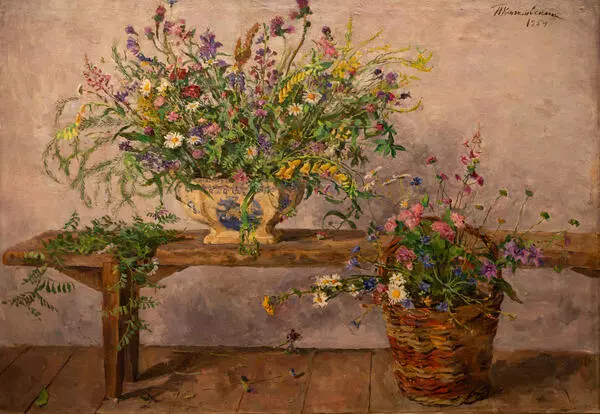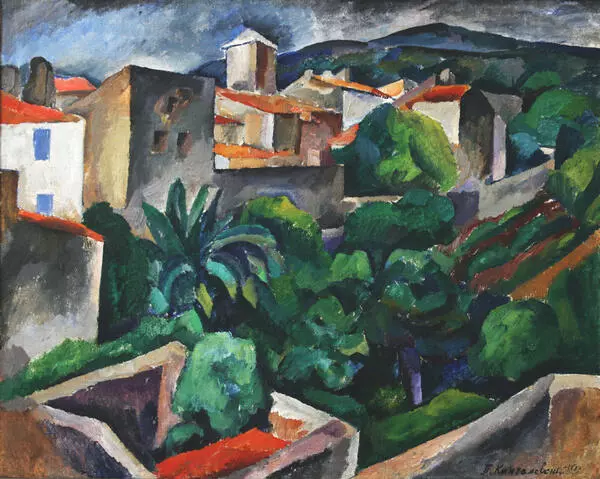In 1907, when this painting was created, Pyotr Konchalovsky was 31. He had graduated from the Imperial Academy of Arts in St Petersburg, had been on an apprenticeship in Europe and was awarded the title of artist. This was the beginning of his creative path, the search for his own style and vector in art. The young painter tried to combine the modern style of painting, typical of the post-impressionists, with the classical school and his own vision. He was not satisfied with his works, so he destroyed them relentlessly.
Pyotr Konchalovsky was to do his military service and enlisted as a volunteer in an artillery brigade in Moscow. In the spring of 1907, he arranged for his wife Olga and young children Misha and Natasha to live at the Belkino estate, and after completing his service, he arrived there himself. The old manor house with a mezzanine, its rich history, and the feeling of freedom from the academy and the army — all this translated into a great creative boost for the artist. In the summer of 1907, Pyotr Konchalovsky created no fewer than 17 paintings. Among them was the painting “A House at Belkino”.
The house in the painting is at the back of the courtyard behind the gate, with the birch alley leading to it. The alley was painted by Isaac Levitan a decade before Konchalovsky in the painting “A Moonlit Night. The Great Road”. Konchalovsky had no intention of conveying precise architectural details, he was interested in the state of nature, the mood of a sunny and windy summer day. The artist used big, dense brushstrokes to hastily fix on the canvas the highlights and color reflections on the building walls, gate pillars, trees and cloudy sky.
The house in Belkino was built in 1770 in the early Classical style. It was later owned by Count Artemy Vorontsov, Alexander Pushkin’s godfather. Pyotr Konchalovsky bought the cottage in Bugry, not far from Belkino, in 1932. When he heard that the ovens in an old mansion were being scrapped and doors discarded, he traveled there by cart and brought to Bugry the glazed tiles and the door “which Pushkin used to enter”. All this was used in the construction of Konchalovsky’s workshop in Bugry and has been preserved to this day. The Belkinо mansion in this painting by Pyotr Konchalovsky has now turned into picturesque ruins.
Pyotr Konchalovsky was to do his military service and enlisted as a volunteer in an artillery brigade in Moscow. In the spring of 1907, he arranged for his wife Olga and young children Misha and Natasha to live at the Belkino estate, and after completing his service, he arrived there himself. The old manor house with a mezzanine, its rich history, and the feeling of freedom from the academy and the army — all this translated into a great creative boost for the artist. In the summer of 1907, Pyotr Konchalovsky created no fewer than 17 paintings. Among them was the painting “A House at Belkino”.
The house in the painting is at the back of the courtyard behind the gate, with the birch alley leading to it. The alley was painted by Isaac Levitan a decade before Konchalovsky in the painting “A Moonlit Night. The Great Road”. Konchalovsky had no intention of conveying precise architectural details, he was interested in the state of nature, the mood of a sunny and windy summer day. The artist used big, dense brushstrokes to hastily fix on the canvas the highlights and color reflections on the building walls, gate pillars, trees and cloudy sky.
The house in Belkino was built in 1770 in the early Classical style. It was later owned by Count Artemy Vorontsov, Alexander Pushkin’s godfather. Pyotr Konchalovsky bought the cottage in Bugry, not far from Belkino, in 1932. When he heard that the ovens in an old mansion were being scrapped and doors discarded, he traveled there by cart and brought to Bugry the glazed tiles and the door “which Pushkin used to enter”. All this was used in the construction of Konchalovsky’s workshop in Bugry and has been preserved to this day. The Belkinо mansion in this painting by Pyotr Konchalovsky has now turned into picturesque ruins.
